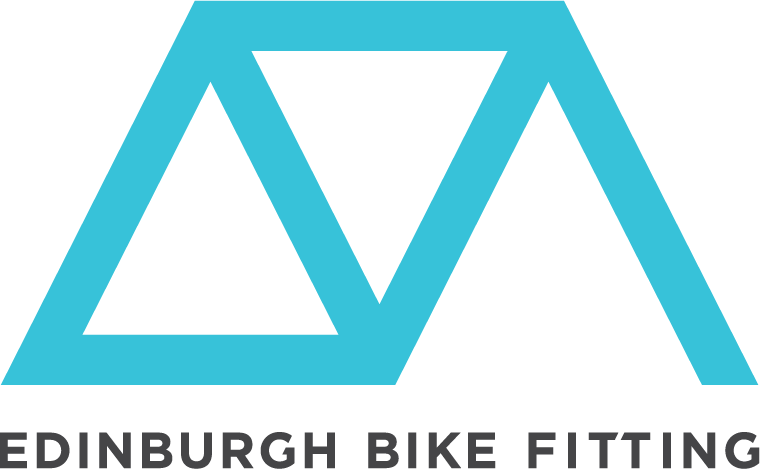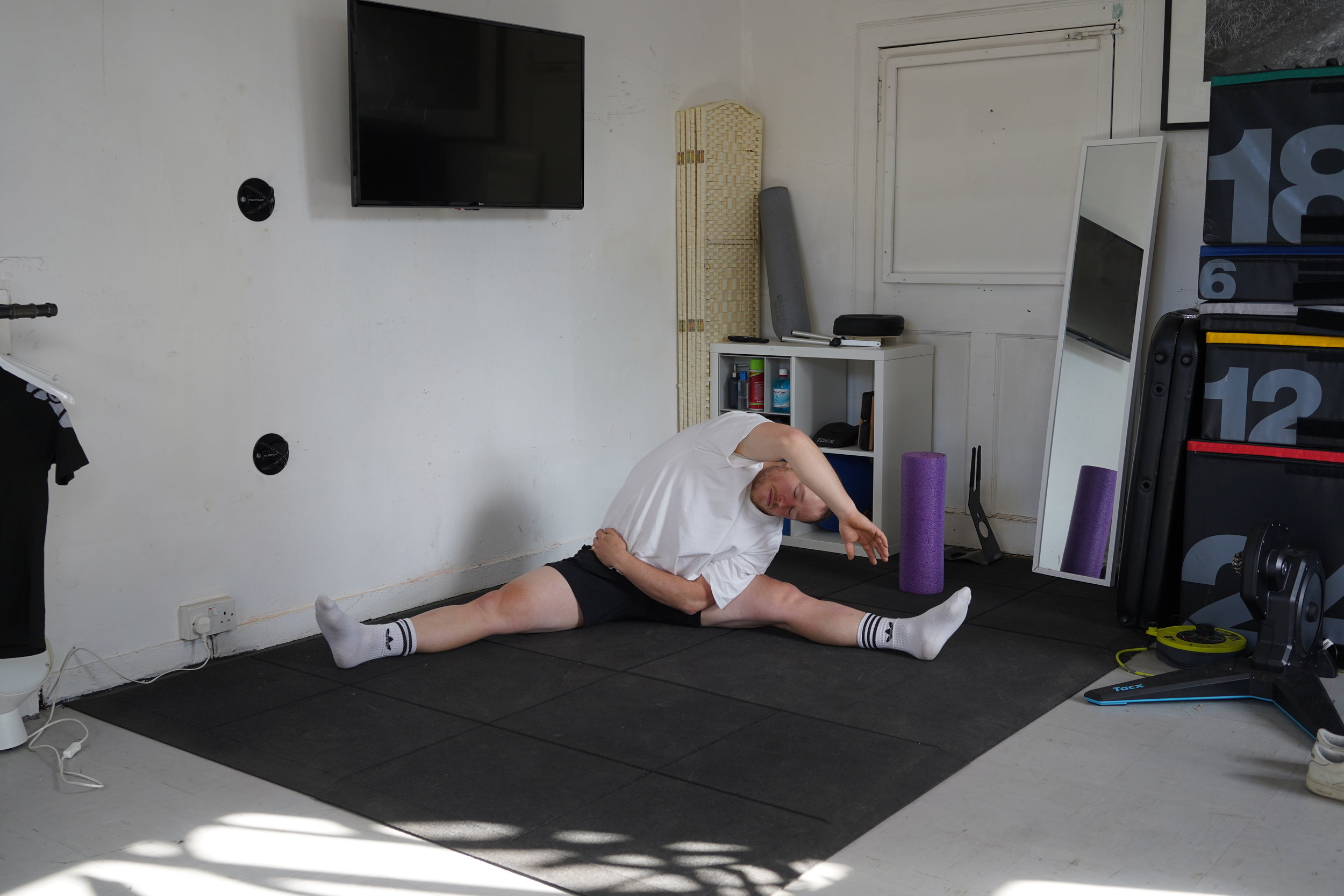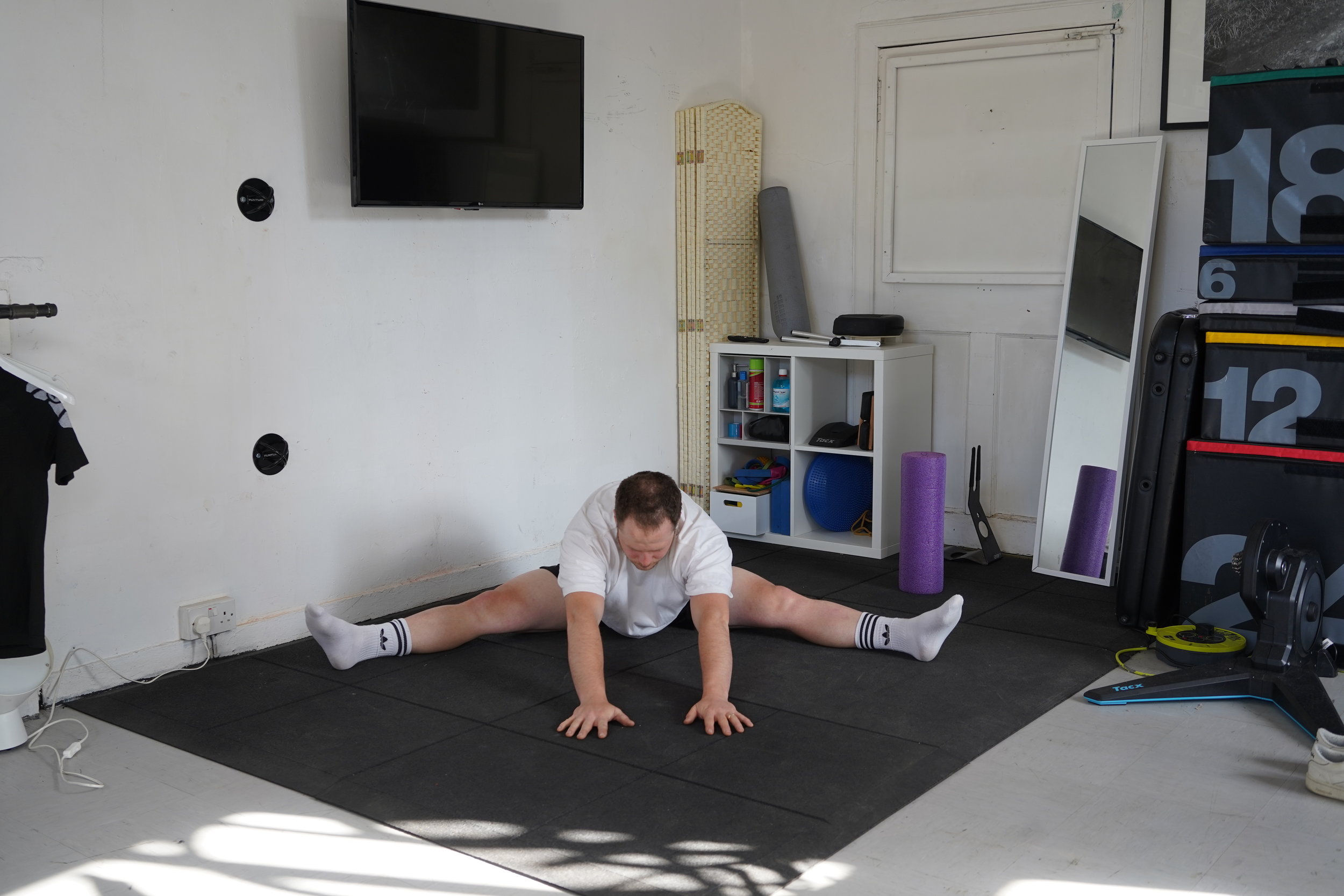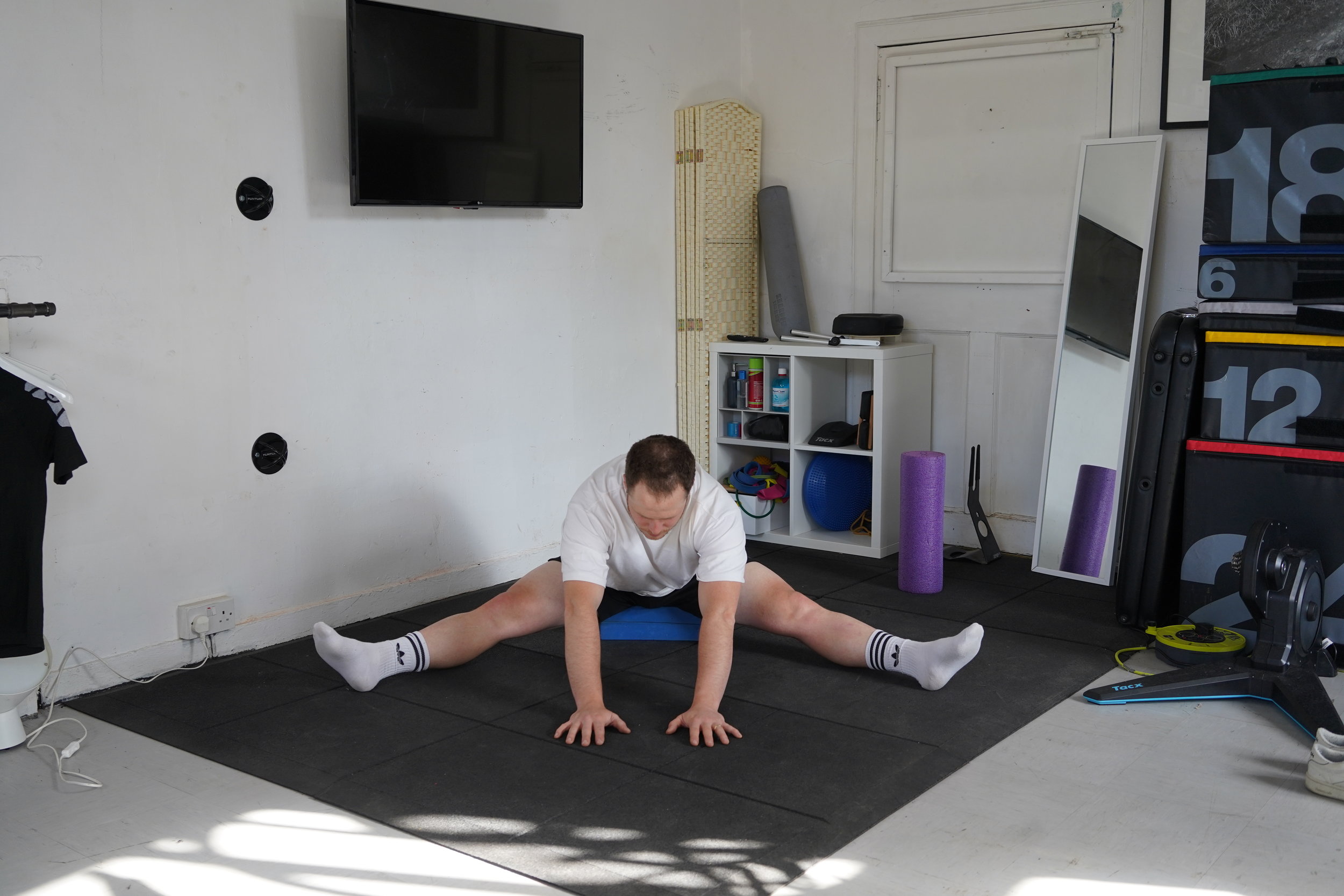The Basics: Foam Rolling & Static Stretching
Foam Rolling for Endurance Athletes - What, When & How long?
You don’t need gymnast levels of flexibility to be an endurance athlete, but you do need some. The more flexible you are the better the opportunity to create a comfortable position on the bike. However, too much flexibility can bring its own problems, a blog for another day.
Flexibility in a bike fit can affect hand pressure, saddle comfort, leg extension and pedal efficiency. There are ways to overcome a lot of these main issues, for example: shortening the cranks to help get over the top of the pedal stroke.
So, you want to improve your ROM (Range of Movement) and reduce muscle soreness? The answer is probably a combination of stretching and foam rolling. Next, how long should I stretch or foam roll and when should I stretch and foam roll?
Foam Rolling
The basics you can achieve with foam rolling is reduced muscle soreness post training or DOMS (Delayed Onset Muscle Soreness), this means you can train more frequently and recover quicker from session to session. When consistency and frequency of training are king for endurance sport this could be considered pretty important. The next is you can achieve an acute increase in ROM, this means that foam rolling will give your body better range to work with but not forever! Its short term and needs to be done pre training to receive the ROM benefits for a session. Foam rolling won’t permanently increase your ROM.
Things to know when foam rolling. It doesn’t need to be incredibly painful to get benefit from it. If on a pain scale of 10 (10 being all you can manage and 1 being not sore at all) then anything over a 5 is going to yield the same acute ROM benefits pre training. Post training is another story, I’m not an encyclopaedia but I’m not aware of any research that suggests one way or the other that more intensity will help you recover quicker. Common sense and experience would tell me that usually after a sports massage that’s painful you feel much better afterwards.
How long should you foam roll for? Well the simple answer is over 10 seconds, so basically anything is better than nothing. When we are talking about increasing ROM pre training the optimal suggested time is 30-60 seconds per muscle group. This can be broken down into 15-30 full length rolls of each muscle if you go by the suggested 1 second up the muscle and 1 second down the muscle and you should focus on the muscles used in your sport.
Static Stretching
If you are looking to permanently increase your flexibility, then static stretching is a more permanent solution. But when should you stretch, how long for and what intensity? The first thing to be aware of is, static stretching pre training/exercise for prolonged periods will reduce performance. Static stretching after exercises can but not always have negative effects too. When you finish training, your muscles are fatigued and in a weakened state, then proceeding to stress the muscles again in another way i.e. stretching might create more damage on top of the training you just finished.
If you are going to static stretch to increase flexibility and ROM across a joint, then it needs to become a session in itself. When stretching if you get to the point you are sweating (not because it is hot!) or you become unable to speak then you have progressed too quickly into the stretch. There’s no real right answer here but it should be longer than 20 seconds. It is suggested you should stretch each muscle for around 60 seconds to improve flexibility. You can stretch for longer, but it yields similar results. Stretching multiple times a day is unnecessary, once per day is enough and if you need extra ROM then foam rolling will provide that pre training. Ideally stretching 3 -7 days a week is better than once.
Take home messages:
(it should be said as more research comes out this information may change and everyone will have their own opinion)
Foam Rolling
Do foam roll before exercise for acute ROM increase
Foam rolling reduces DOMS
It doesn’t need to be 10/10 on the pain scale, 5/10 is as effective
30-60 seconds per muscle group with a ratio of 1 second up, 1 second down
Acute (short term increased ROM) – Foam roll pre exercise
Even 10 seconds of foam rolling is better than nothing
Foam rolling one muscle group can have global effect on the body
Stretching:
Don’t stretch for extended time before or after endurance exercise
Deep static stretching before exercise can reduce high end performance (light dynamic stretching before exercises is still oaky though)
Deep stretching after exercise can cause muscle damage
Stretching should be an independent session by itself
Stretching for flexibility should last around 60 seconds each muscle group
If you want to know your problem areas, you can book in for a Cipressa Assessment, looking at endurance sport specific movement screen and FTP test including power profiling. We will look at areas which might be a problem and what happens to your cycling technique when you fatigue throughout the FTP test.
Rory



